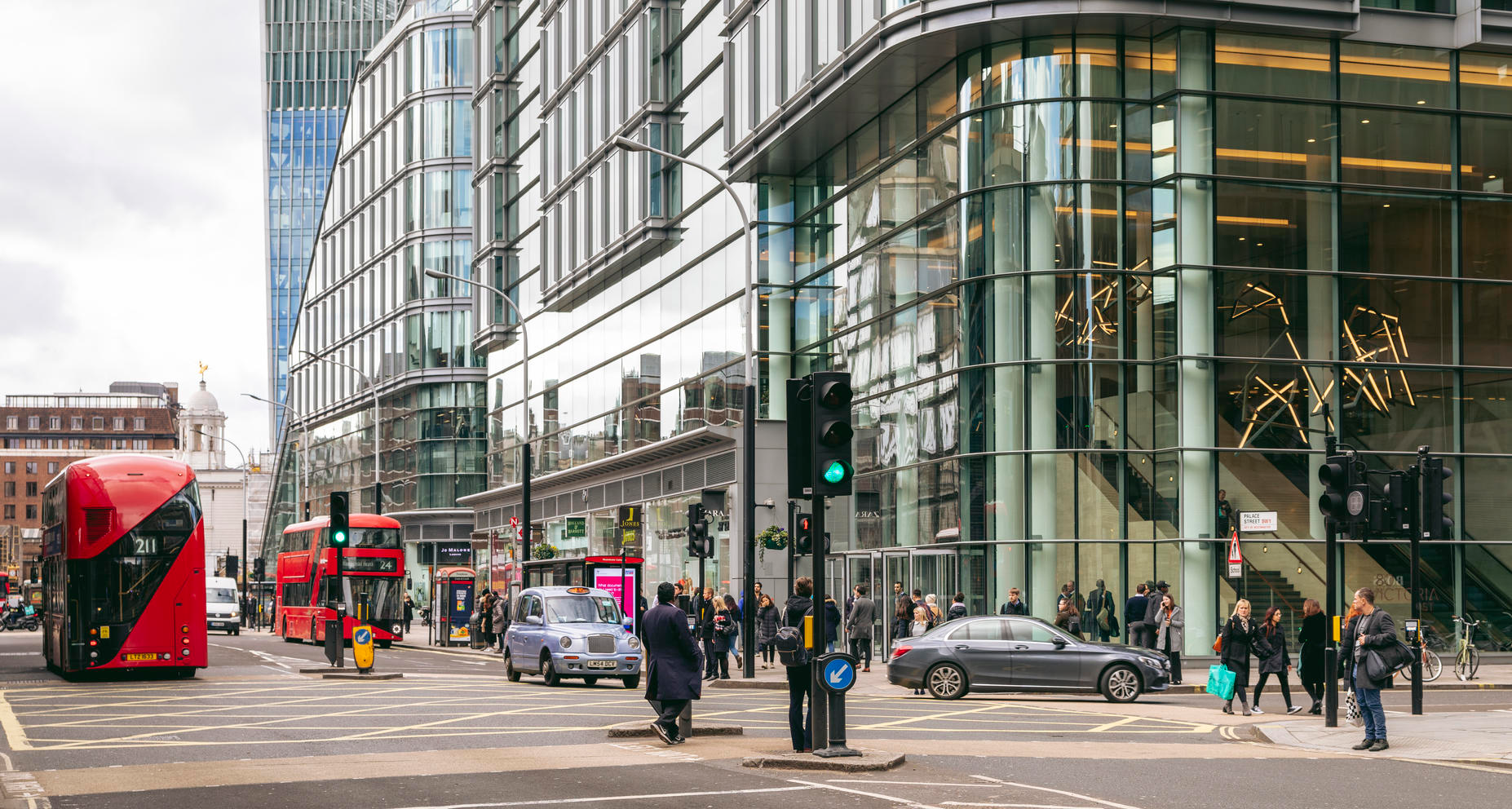Sustainable Business
We’ve updated our carbon reduction targets and committed to reach net zero by 2040
by Jennie Colville
Head of ESG & Sustainability
At Landsec, we create sustainable value for our customers, communities, and stakeholders. It’s at the heart of our purpose and is embedded throughout our business. It drives the decisions we make and is vital to delivering our strategy and building a greener, fairer society that works for everyone.
With nearly 40% of global carbon emissions created by our industry, I firmly believe that it is our collective challenge and responsibility to lead the way to a lower carbon economy. Without turning targets into tangible results, the future - not only for our industry but for the world in which we operate, is in jeopardy.
Action is urgently needed today but it must also be sustained tomorrow. Addressing and reducing carbon emissions is a moral and commercial imperative and we are ready to play our part in making this vision a reality in everything we do.
Key to this is accountability and transparency. We believe accountability is crucial for our industry to address this challenge and have committed to continue to evaluate and adjust our targets where it’s possible to accelerate progress.
With the latest climate science emphasising the scale of the climate emergency and the need for urgent action – many businesses are committing to reach net zero, but not all net-zero targets are equal as there has been no common definition. This inconsistency of approach has led to ambiguous, confusing targets ultimately undermining the credibility of corporate net zero goals and increasing the perception of ‘green washing’. Having a consistent, clear methodology aligned with the climate science and a robust process for validating targets will help all of us make meaningful progress towards reaching net zero – giving us a chance to avoid catastrophic climate breakdown.
This is why in 2016 we became the first commercial property company in the world to have its carbon reduction target approved by the Science Based Targets Initiative (SBTi), providing a consistent, transparent and acknowledged route to setting and achieving ambitious carbon reduction targets.
Why did we update our target?
Responding to the scale and urgency of the climate crisis, the SBTi published their Net-Zero Standard (NZS) last year, setting out new criteria for validating science-based net-zero targets, and increasing expectations on businesses to make rapid emission cuts across their value chain. The new framework creates a common understanding of net zero in a corporate context, providing clarity on business climate action to a wide range of stakeholders.
In line with this approach, we’ve also increased our ambition, updating our carbon reduction targets to align with the SBTi’s latest standard. Our updated targets now cover emission from all sources - including from our development pipeline, supply chain and customers.
Our baseline has been updated from 2013/14 to 2020 and we’ve committed to reach net zero by 2040, ensuring that we will meet the requirements set out by the SBTi.
What are our updated SBTs?
- Overall Net Zero Target: We’ve committed to reach net zero greenhouse gas (GHG) emissions across the value chain by 2040 from a 2020 base year
- Near-Term Target: We’ve committed to reduce absolute scope 1, 2 and 3 greenhouse gas emissions 47% by 2030 from a 2020 base year
- Long-Term Target: We’ve committed to reduce absolute scope 1, 2 and 3 GHG emissions 90% by 2040 from a 2020 base year
How will we achieve our SBTs?
To achieve our near-term target we must continue to follow our net zero transition investment plan which will see us invest £135m until 2030 on the following initiatives:
- Replacing gas-fired boilers with electric systems such as air-source heat pumps
- Optimising our building management systems, and trialling predictive and self-adaptive (AI) technology to optimise heating, ventilation and air conditioning systems
- Increasing the capacity of onsite renewable energy, by implementing and extending our solar photo-voltaic (PV) arrays
- Engaging with our customers to identify and implement energy efficiency projects in our occupied spaces
- Replacing all fluorescent lighting with LED
We’ve also set ambitious targets to reduce the average embodied carbon of a typical building by 50% by 2030, aiming for 500kgCO2e /m2 for offices and 400kgCO2e /m2 for residential. Achieving this will require us to rethink the way we design and develop our buildings prioritising asset retention where possible, adopting new ways of design and using sustainable materials.
A united approach
Setting ambitious, transparent targets is only part of the battle. We must work collaboratively with our industry, supply chain and the Government to create the right environment for success. In our carbon manifesto, we’ve set out the steps we think the Government can take to do just that. You can find out more here.
While we don’t yet have all the answers, we do believe that by being explicit in our targets we can incentivise and support action across our industry. We believe that, with active engagement with and from Government, we can drive a united approach that delivers the progress and outcomes required to protect our planet.
YOU MIGHT LIKE

Reverse mentoring for an inclusive future

Retail insights

Building desirable urban spaces means returning power to people

Urban Patriotism - what it means and why it's important